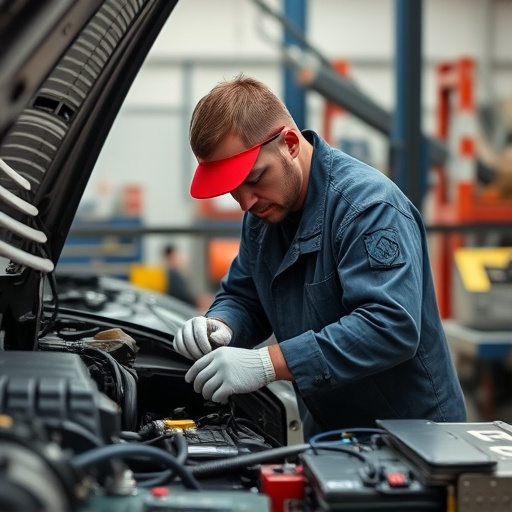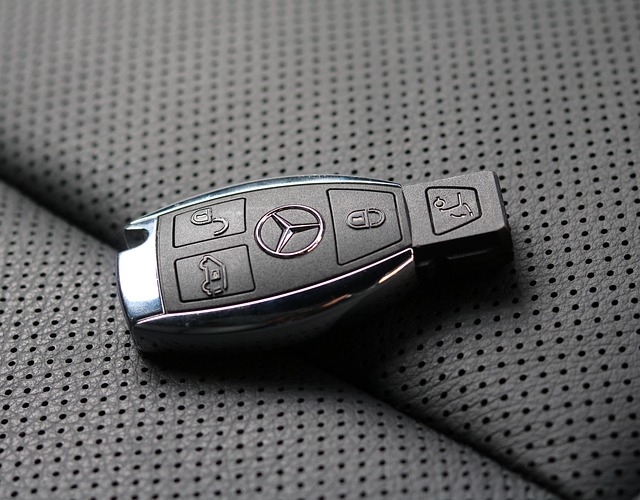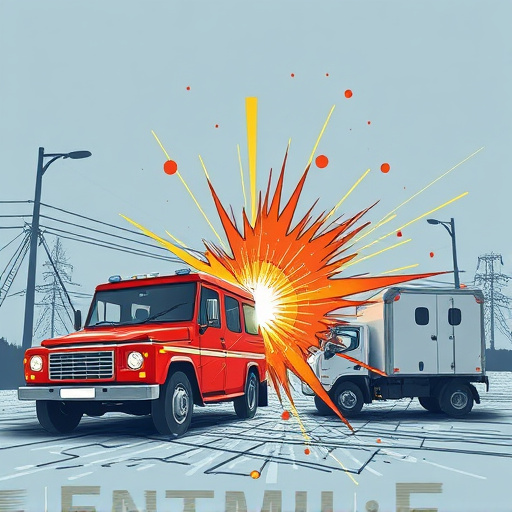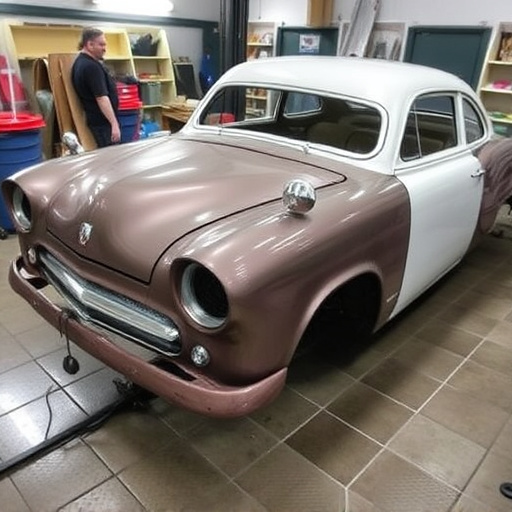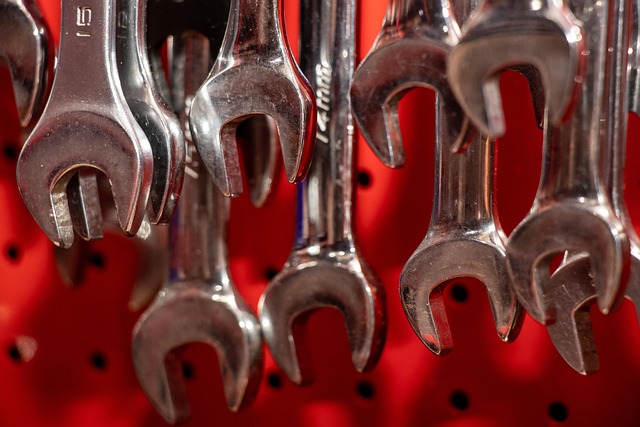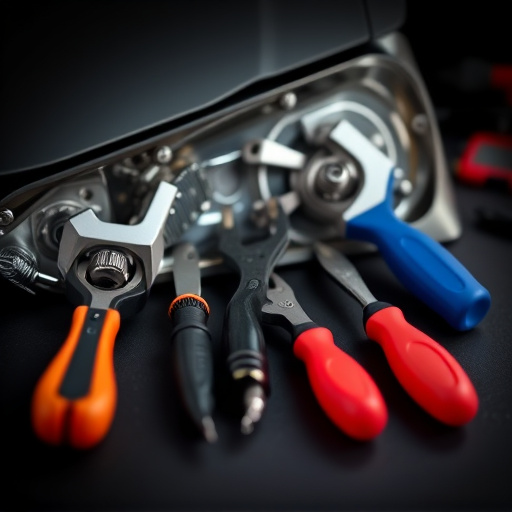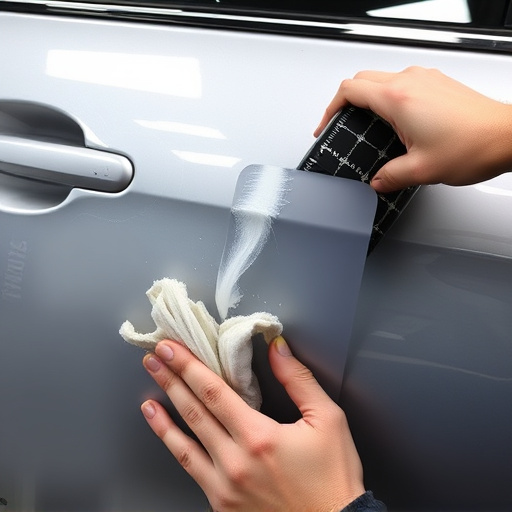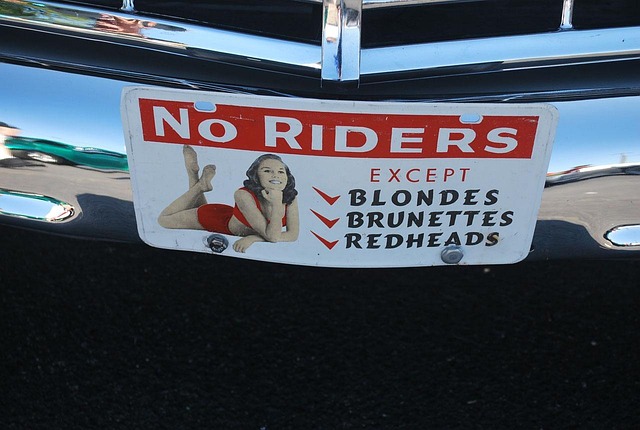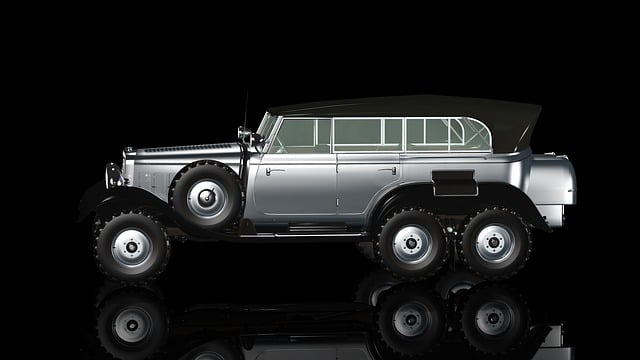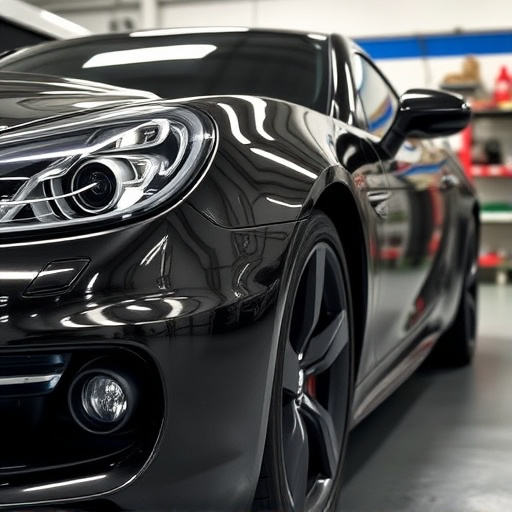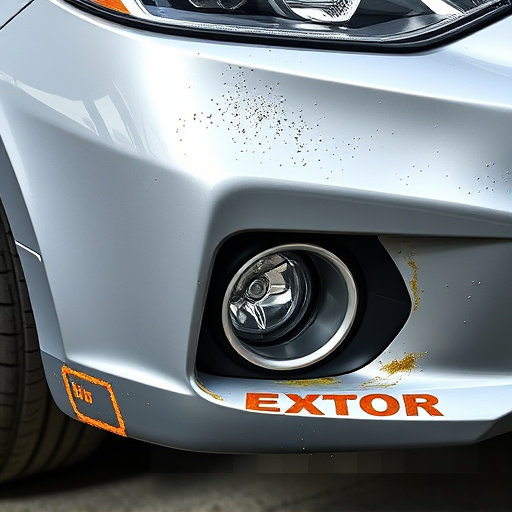Tesla structural aluminum repair requires careful inspection, precise techniques, and high-quality parts to avoid misidentification of damage, inadequate preparation, and subpar results. Inadequate cleaning, incorrect surface treatments, and incompatible parts can lead to delamination, rusting, and reduced structural integrity. Professional services using OEM components ensure proper fitting, bonding, and long-term durability, preserving the vehicle's original strength and aesthetic appeal.
“Uncovering Common Pitfalls in Tesla Structural Aluminum Repair: A Comprehensive Guide. Tesla vehicles are renowned for their innovative design, but even with superior materials like structural aluminum, repairs can pose unique challenges. This article sheds light on three prevalent mistakes: misidentifying damage origins, inadequate surface preparation, and using unsuitable replacement parts. By understanding these issues, Tesla owners and professionals alike can ensure more accurate, long-lasting repairs, preserving the vehicle’s integrity and aesthetic appeal.”
- Misidentifying the Source of Damage
- Inadequate Preparation and Surface Treatment
- Using incompatible or subpar replacement parts
Misidentifying the Source of Damage
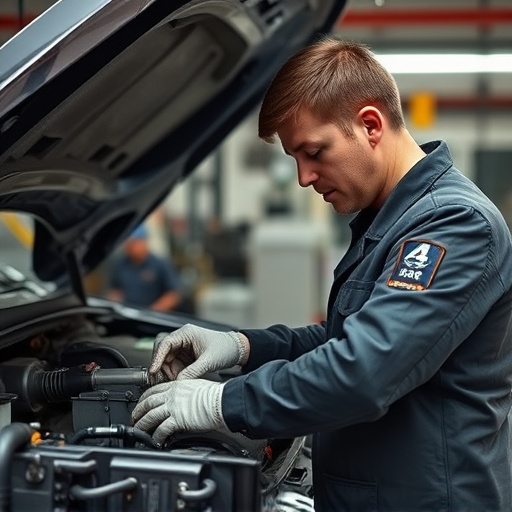
When dealing with Tesla structural aluminum repair, one of the most common mistakes is misidentifying the source of damage. This often arises because aluminum is not as straightforward to inspect and diagnose as steel. Dents and deformities may not be immediately apparent, especially if they are subtle or hidden by other components. As a result, repairs can be misguided, leading to inadequate or improper fixes.
Proper identification requires a thorough understanding of the vehicle’s structure and the specific damage patterns that aluminum experiences. For instance, while collision repair services for steel vehicles often focus on straightening panels, Tesla structural aluminum repair involves more nuanced techniques such as precision welding and specialized tools to minimize distortion. Fleet repair services or professional car paint repair experts should be engaged to ensure the integrity of the aluminum structure is maintained throughout the repair process.
Inadequate Preparation and Surface Treatment
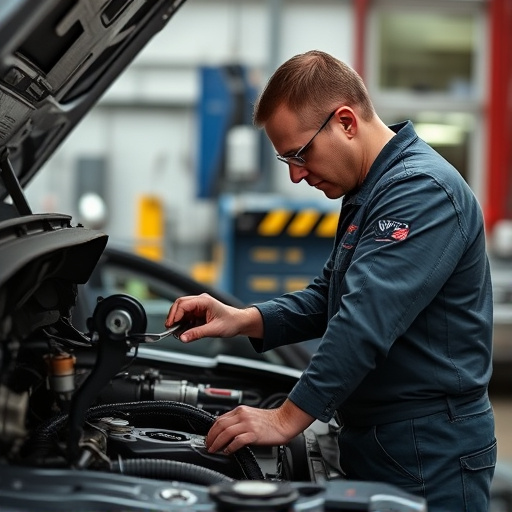
Inadequate preparation and surface treatment are among the most common mistakes encountered in Tesla structural aluminum repair. Before any welding or painting begins, it’s crucial to thoroughly clean and prepare the damaged area. Failure to do so can result in poor bond strength between the repair material and the original aluminum surface. This can lead to future problems like delamination, rusting, and even structural weakness. A proper surface treatment involves removing all contaminants, including grease, dirt, and old paint, using specialized tools and chemicals.
Additionally, many enthusiasts make the mistake of skipping crucial steps in the restoration process, such as etch primers and undercoating. These layers are vital for enhancing adhesion and preventing corrosion. In a classic car restoration or even modern vehicle collision repair, ignoring these details can significantly impact the long-term durability of the repair work. Remember that Tesla structural aluminum repair requires meticulous attention to detail to ensure the restored vehicle maintains its original strength and aesthetic appeal.
Using incompatible or subpar replacement parts
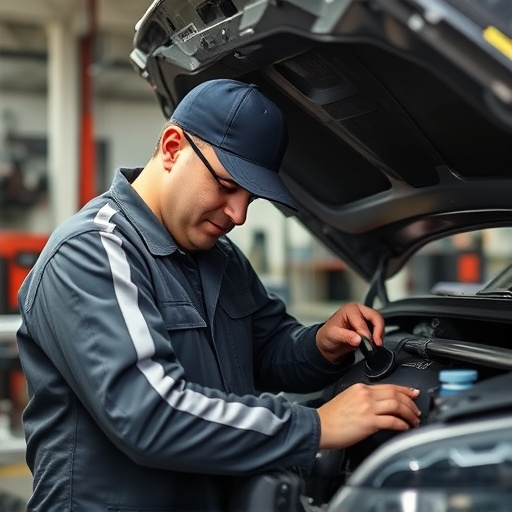
Using incompatible or subpar replacement parts can significantly hinder Tesla structural aluminum repair efforts, leading to long-term issues and unsightly results. It’s crucial to source original equipment manufacturer (OEM) parts designed specifically for Tesla models, ensuring they fit perfectly and maintain the car’s structural integrity. Many owners attempt DIY repairs using cheaper alternatives, but these may lack the precision and durability required for aluminum bodywork.
Such substandard parts can cause misalignment, weak spots in the panel, and even further damage during subsequent impacts. A qualified collision repair shop understands the nuances of Tesla structural aluminum repair, specializing in the precise fitting and bonding of replacement panels to match the car’s unique specifications. Choosing the right components from the outset is key to achieving a safe, durable, and aesthetically pleasing fix, ensuring your Tesla remains in top condition.
When attempting a Tesla structural aluminum repair, being aware of common pitfalls is essential. Misidentifying damage sources, inadequate preparation, and using inferior parts can lead to weak repairs that compromise vehicle integrity. Always ensure proper diagnosis, thorough surface treatment, and original or certified compatible replacement components for optimal Tesla structural aluminum repair outcomes.
